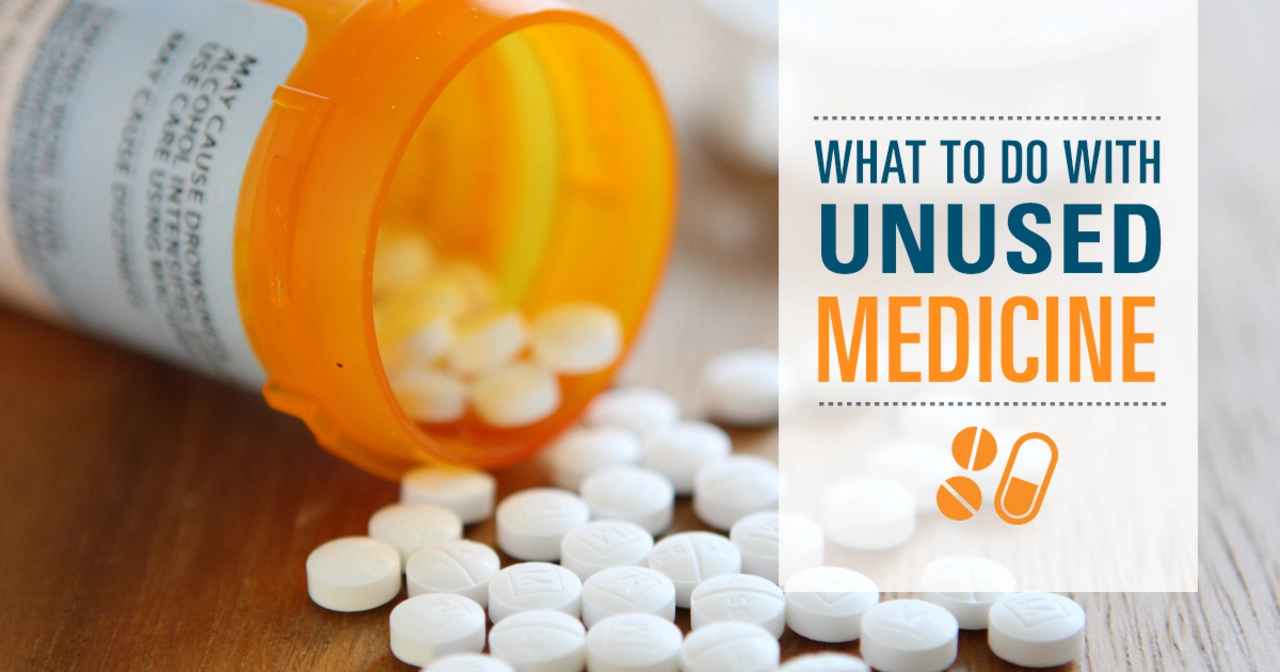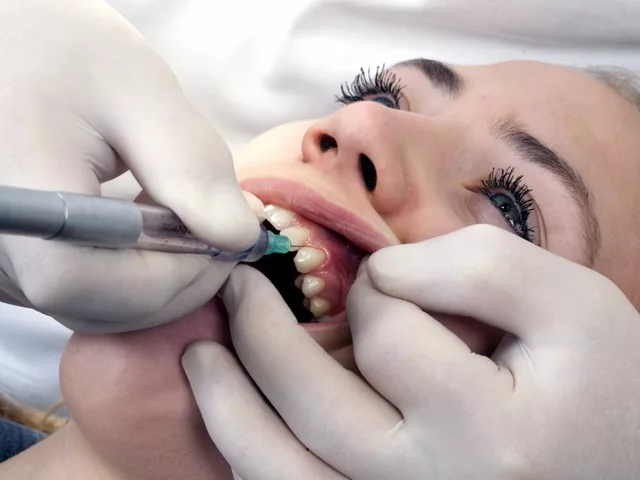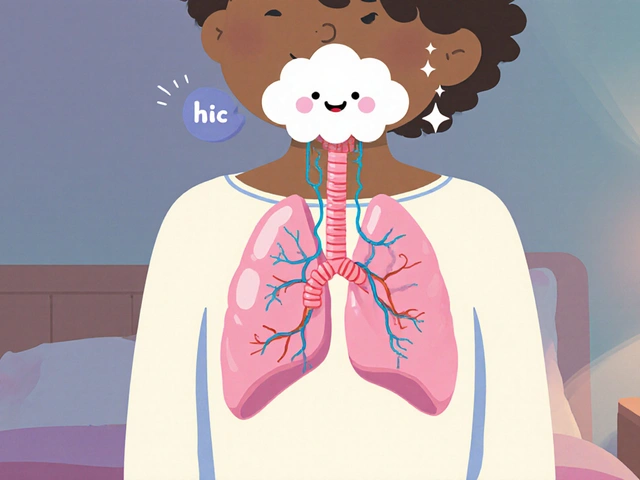Butenafine products: what they treat and how to use them
Got an itchy patch that won’t quit? Butenafine products are topical antifungals many people use for common skin issues like athlete’s foot, ringworm, and jock itch. They don’t work instantly, but when used as directed they can clear most surface fungal infections. This page gives plain facts about product types, basic safety tips, and how to buy them without trouble.
How butenafine products are used
Butenafine usually comes as a 1% cream, and sometimes in gels or sprays. You apply a thin layer to the affected area and the skin around it. Follow the product label or your prescriber's instructions on how often and how long to use it — stopping early is a common reason infections come back. Keep the area clean and dry; fungus likes moisture, so drying the skin between toes or skin folds speeds recovery.
Because absorption into the bloodstream is minimal, topical butenafine has few systemic effects. That said, local reactions happen: expect possible redness, burning, or stinging at the application site. If you notice swelling, severe irritation, or any sign of an allergic reaction, stop using it and contact a healthcare provider.
Buying and using butenafine safely
Looking to buy butenafine products? Check the active ingredient: butenafine hydrochloride 1% is the common strength. Availability varies by country — in some places it’s over-the-counter, in others you may need a prescription. If buying online, use a verified pharmacy, read reviews, and avoid sites that offer unusually low prices without pharmacy information. Look for clear labeling, expiration dates, and sealed packaging.
Follow these practical tips: apply only to intact skin, don’t use on deep or spreading infections without medical advice, and finish the full course even if symptoms improve. Wash towels and socks regularly and avoid sharing personal items until the infection clears. If symptoms persist beyond the recommended treatment duration, or if the area looks worse, see a clinician for a different diagnosis or prescription treatment.
Special groups — pregnant or breastfeeding people, and those with weakened immune systems — should check with their provider before using any antifungal. While topical butenafine is low-risk for interactions, tell your clinician about other skin medicines you use so they can advise on combination use.
Need more background on buying meds online or comparing antifungal options? Our site has guides on safe online pharmacies and alternative treatments. But when it comes to treating a stubborn fungal rash, simple steps — correct product, consistent use, good hygiene — make the biggest difference.
5
How to Safely Dispose of Expired or Unused Butenafine Products
As a responsible individual, it's essential to know how to safely dispose of expired or unused butenafine products. To ensure proper disposal, first, check if there are any specific instructions mentioned on the product packaging. If there are none, I can take advantage of community take-back programs or medication disposal events in my area. Alternatively, I can mix the product with an undesirable substance, like coffee grounds or cat litter, and place it in a sealed container before throwing it in the trash. Lastly, remember to remove any personal information from the packaging to protect my privacy.
Latest Posts
Popular Posts
-
 Over-the-Counter Medication Safety: Hidden Ingredients and Interactions You Can't Afford to Ignore
Over-the-Counter Medication Safety: Hidden Ingredients and Interactions You Can't Afford to Ignore
-
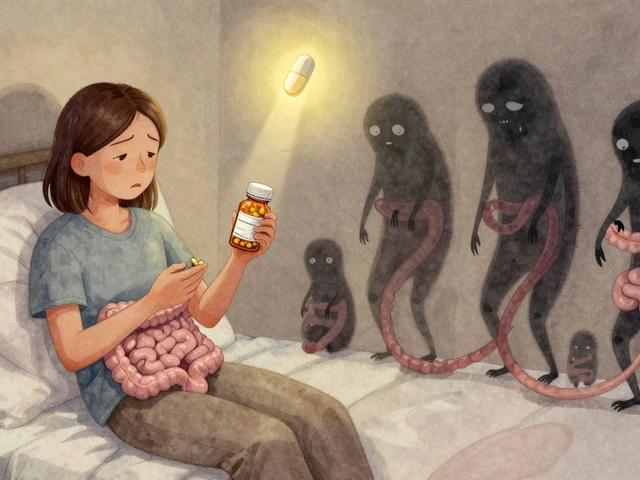 Constipation from Medications: Complete Management Guide
Constipation from Medications: Complete Management Guide
-
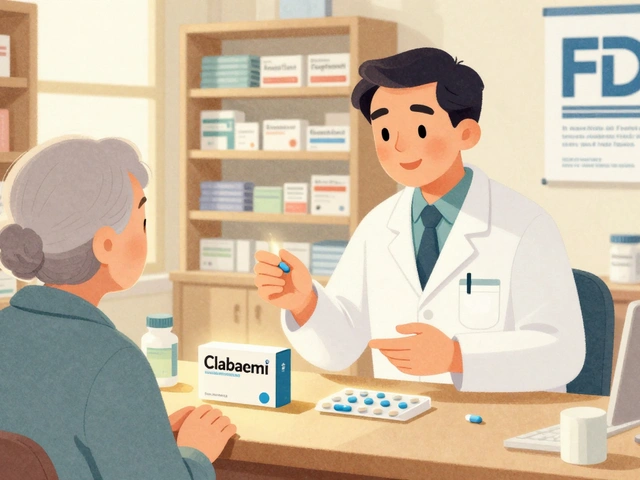 Pharmacist Recommendations: When to Suggest Authorized Generics
Pharmacist Recommendations: When to Suggest Authorized Generics
-
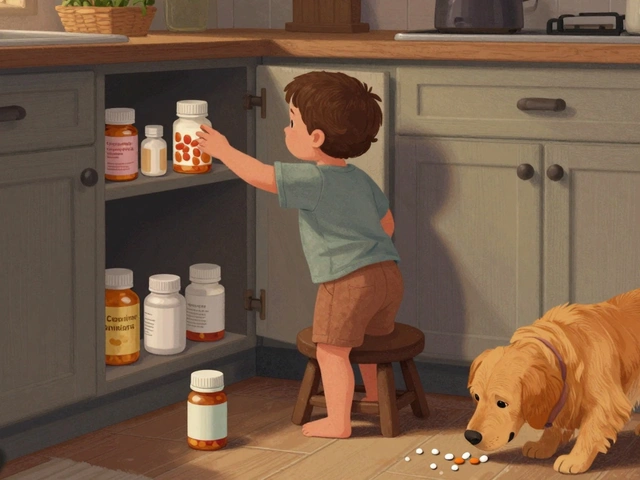 How to Keep Medications Safe from Children and Pets at Home
How to Keep Medications Safe from Children and Pets at Home
-
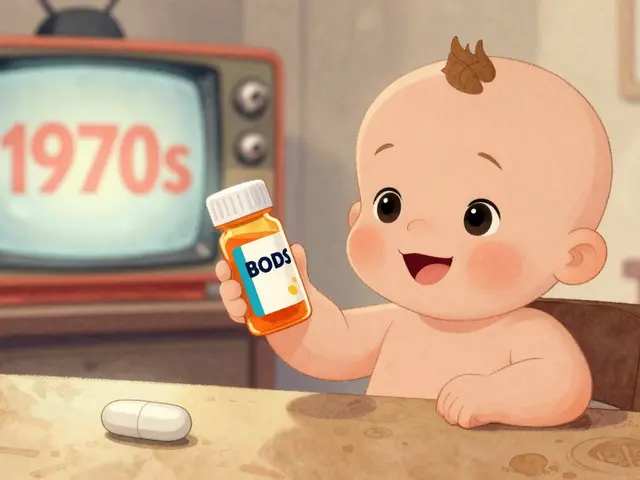 Generational Differences: How Age Shapes Attitudes Toward Generic Medications
Generational Differences: How Age Shapes Attitudes Toward Generic Medications
